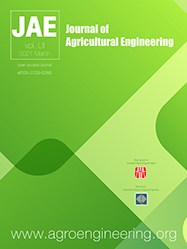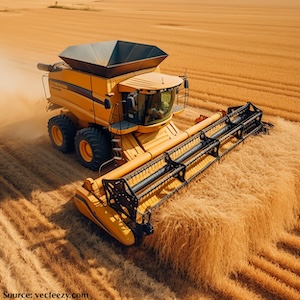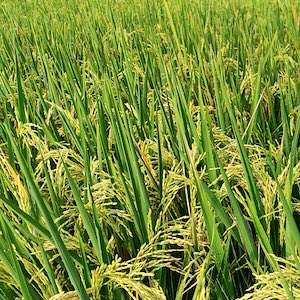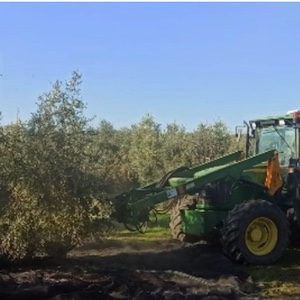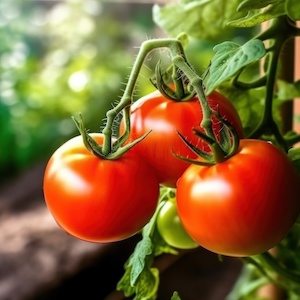Parametric evaluation of segmentation techniques for paddy diseases analysis
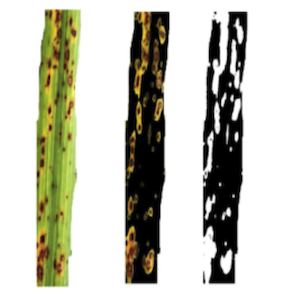
All claims expressed in this article are solely those of the authors and do not necessarily represent those of their affiliated organizations, or those of the publisher, the editors and the reviewers. Any product that may be evaluated in this article or claim that may be made by its manufacturer is not guaranteed or endorsed by the publisher.
Authors
In most paddy plant diseases, the leaf is the primary source of information for image-based disease identification and classification. Image segmentation is an important step in the plant disease analysis process. It is used to separate the normal part of the leaf from the disease-affected part of the leaf. In this paper diseases like Bacterial leaf blight (BLB), Brown spot (BS), and Leaf smut (LS) are segmented using existing, K-means clustering, the Otsu thresholding method. Color space-based segmentation is newly proposed for paddy disease analysis. The intelligence of segmentation techniques is evaluated using the Error Rate (ER) and Overlap Rate (OR) across the three paddy diseases namely, BLB, BS, and LS. The results were compared among the Otsu, K-means and color thresholding segmentation techniques. The results revealed that the color thresholding method using the Lab model emerged as a novel segmentation method for all three paddy diseases with an average ER and OR of [0.36, 0.95]. The proposed work is carried out in the Department of Electronics and Communication research center at Ballari Institute of Technology and Management, Ballari, Karnataka during the period from August 2022 to February 2023 with the expert suggestions of the plant pathologist, from the University of Agricultural Science, Dharwad, Karnataka.
How to Cite

This work is licensed under a Creative Commons Attribution-NonCommercial 4.0 International License.

